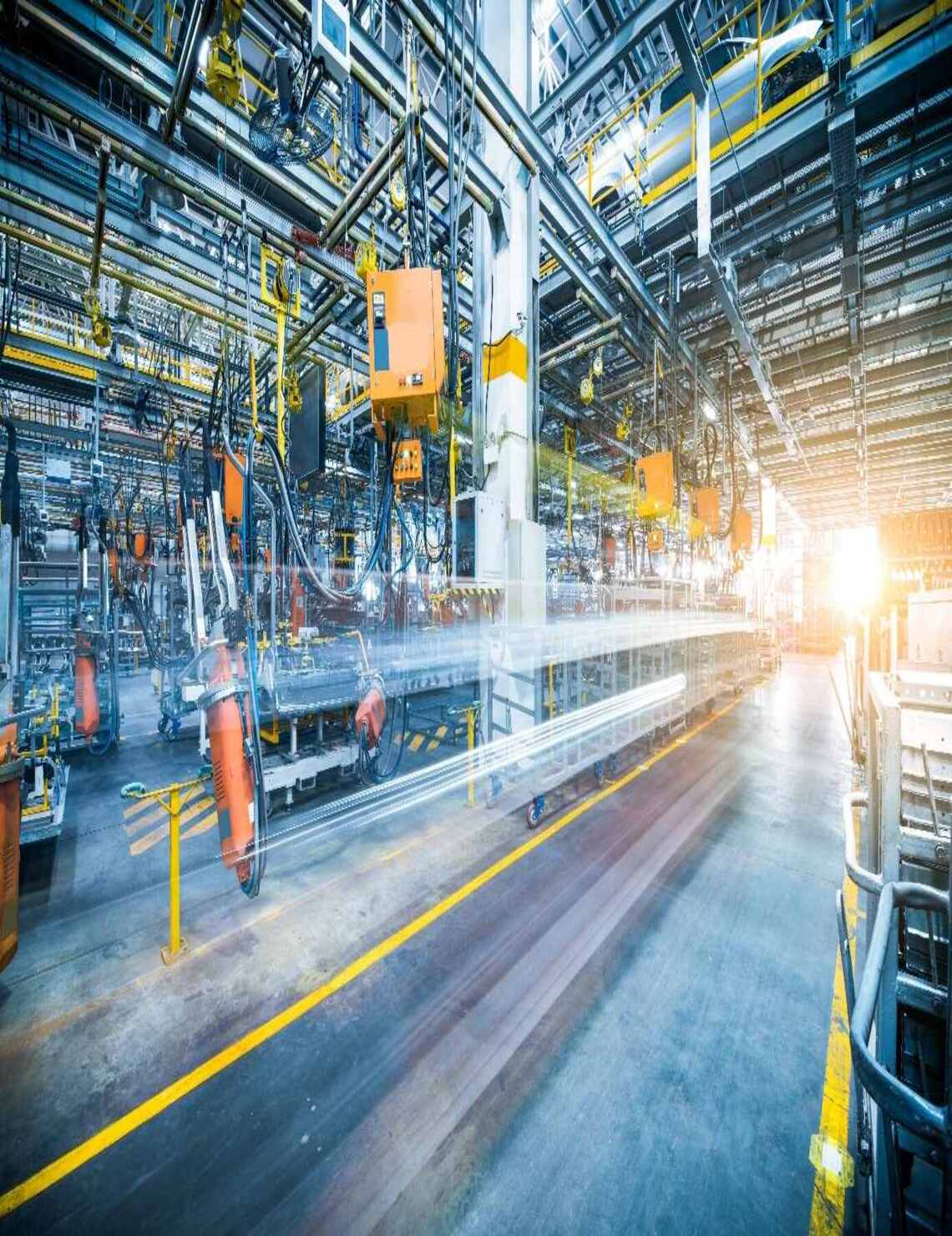Understanding Supply Chain APIs
The role of the supply chain manager is by nature very transverse. It is to orchestrate the collaboration of disparate functions — sales, production, marketing, product development, and more — and deliver a flawless service to the company’s customers, while ensuring profitability. Supply chain leaders must therefore be able to speak multiple languages with their … Read more















